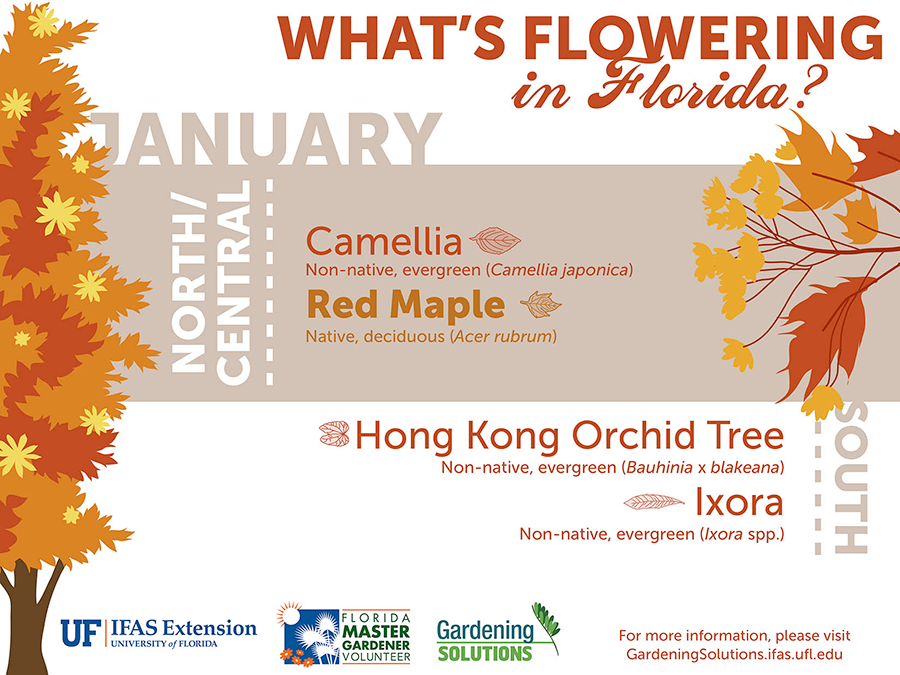Guarding Your Landscape: Replanting After Tree Removal
Guarding Your Landscape: Replanting After Tree Removal
Blog Article
Produced By-Breum Thomassen
Tree elimination can leave a space in your landscape that needs filling. You can grow something brand-new in that area, yet it takes additional care and attention at the beginning to aid it thrive.
The soil in that area will maintain transforming gradually as bacteria break down the old roots. That can impact the vitamins and mineral balance and physical room for new growth.
Soil
The dirt in a plot where a tree has been gotten rid of is likely to be very different from the rest of your garden or backyard. The roots of the old tree and the stump will certainly have transformed the soil, getting rid of some nutrients and perhaps crowding out various other plants. Additionally, if the previous tree was infected, the infectious representative may still be in the ground.
The existence of roots cultivates an abundant and varied neighborhood of dirt bacteria that enhances important procedures like nutrition biking and raw material decay. Without these bacteria, the displaced dirt can become much less productive and nutrient-depleted, with an unfavorable influence on plant development.
Before replanting, the dirt should be removed of debris and natural product (such as timber chips from stump grinding). You may wish to mix in potting dirt or native dirt with this compost to give your new growing with a setting that is well balanced and full of nutrients.
Water
Tree roots soak up huge amounts of water from the soil. This procedure additionally includes nutrients back to the dirt, specifically nitrogen, which is important for new trees and plants. Regrettably, old soil can be diminished of these important minerals due to the decaying roots and stump from an eliminated tree.
https://shrub-removal-tool28406.blog5star.com/29710159/before-axing-a-tree-from-your-land-consider-these-5-crucial-elements is why it is essential to have a prepare for the future of your landscape. Ideally, the best time to plant is when you have a fresh start.
Whether you're growing turf or flowers, make certain to utilize a soaker tube to stay clear of overwatering your brand-new landscape design. If the location was a garden, see to it to cover the soil with organic compost to aid maintain dampness in the soil, manage dirt temperatures and subdue weeds. This likewise supplies a layer of defense for young plants and promotes worm task. Then, on sustainable gardening auckland restore the mulch to continue improving the soil nutrient density and microbial life. This is known as dirt repair.
Light
Trees are a terrific enhancement to any type of landscape, giving color, aesthetic pulchritude, and lots of various other advantages. Nevertheless, occasionally trees become undesirable because of a selection of reasons, including condition, bug invasions and natural aging.
In such instances, it may be needed to eliminate a tree. It is essential to take into consideration the worth of a particular tree in your landscape design and take the correct steps to make certain that the removal is done safely and efficiently.
Throughout the late summertime, it's an ideal time to do upkeep and examinations on existing trees. Look for indications of disease, insect infestations, or structural damages, along with any kind of possible threats such as weakened or leaning trees.
Before starting any kind of construction jobs, be sure to secure the origin zones of existing trees by staying clear of soil compaction and grading around them. Raw material, as it breaks down, can produce poisonous gases that are destructive to the origins of a tree. It's also a great idea to mulch the location around a tree after construction has actually ended up to save dampness and suppress weed development.
Temperature
Trees are important to a landscape for their visual charm, but they likewise play an essential role in the neighborhood environment by giving color and windbreaks. They support wild animals habitats and decrease the quantity of carbon dioxide airborne, which can add to global warming. This is why it is suggested to replant trees after removing one from the property.
When replanting a new tree in the place of a previous stump, the soil may not have sufficient nutrients to support it. It is best to await a year before planting to make sure that the soil will be abundant in nutrients.
To ensure that replanted trees prosper, it is important to give them with correct care. A layer of mulch will keep soil wetness from evaporating, control soil temperature, and assistance reduce weeds. Organic compost is the preferred choice since it improves dirt fertility. Ongoing fertilizing and parasite control are likewise necessary for replanted trees.